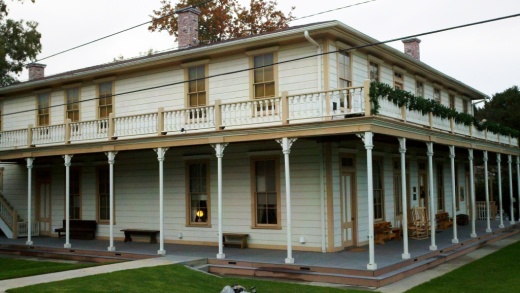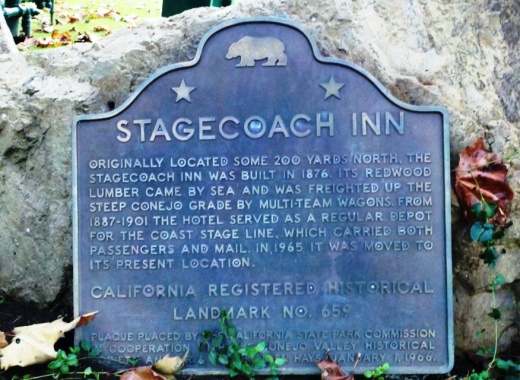Rod Stewart's "Forever Young" Music Video is Unmistakably Filmed in Hidden Valley
/After posting a photo of crows flying over the Hidden Valley “straightaway” on Potrero Road in Hidden Valley, Mario M. pointed out that the the song “Forever Young” started playing on his radio as he was driving on Potrero Road. He then pointed out that Rod Stewart’s Forever Young video was filmed on that straightway. And he certainly was right.
I’m certainly familiar with this popular song, which reached number 12 on the 1988 Billboard Hot 100 after its release on July 3, 1988. But I was not aware of this particular video.
Here’s the photo of crows flying across the north end of the Potrero Road straightaway in Hidden Valley.
Here’s Rod Stewart singing to a child in the video, played by Alex Zuckerman.
And another shot from the video, showing a car full of female teenagers not wearing seatbelts. For shame! :) We can see that the speed limit of 25 MPH has not changed since 1988.
And….one more scene from the video.
Hidden Valley is an unincorporated community in Ventura County, bordered by Newbury Park to the west and north, the Santa Monica Mountains on the south and Lake Sherwood to the east. It is not considered part of the Conejo Valley.
A key scene from the 1981 horror film, “The Hand,” starring Michael Caine, was filmed on this Potrero Road straightaway. It was THE scene of the movie, where Caine’s character’s (Jon Landsdale) hand went missing after a vehicular mishap on Potrero Road.



















